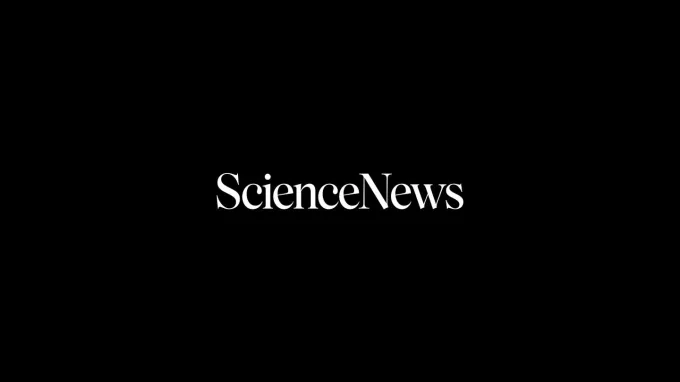Science News Magazine: Current Issue
Vol. 164 No. #1
Trustworthy journalism comes at a price.
Scientists and journalists share a core belief in questioning, observing and verifying to reach the truth. Science News reports on crucial research and discovery across science disciplines. We need your financial support to make it happen – every contribution makes a difference.
More Stories from the July 5, 2003 issue
-
 Physics
PhysicsWild Bunch: First five-quark particle turns up
Physicists have uncovered strong evidence for a family of five-quark particles after decades of finding no subatomic particles with more than three of the fundamental building blocks known as quarks.
By Peter Weiss -

A Matter of Taste: Mutated fruit flies bypass the salt
By creating mutant fruit flies with an impaired capacity to taste salt, researchers have identified several genes that contribute to this sensory system in insects.
By John Travis -
 Health & Medicine
Health & MedicineLethal Emergence: Tracing the rise of dengue fever in the Americas
Using the genetics of viruses, scientists have tracked a virulent form of dengue virus in Latin America back to its roots in India.
By Nathan Seppa -
 Animals
AnimalsMoonlighting: Beetles navigate by lunar polarity
A south African dung beetle is the first animal found to align its path by detecting the polarization of moonlight.
By Susan Milius -

Till IL-6 Do Us Part: Elderly caregivers show harmful immune effect
Elderly people caring for their incapacitated spouses experienced dramatic average increases in the blood concentration of a protein involved in immune regulation, a trend that puts them at risk for a variety of serious illnesses.
By Bruce Bower -
 Earth
EarthSuspended Drugs: Antibiotics fed to animals drift in air
Borne on dust floating in and around farm buildings, antibiotics given to animals may later be inhaled by people—with possibly detrimental health effects.
By Ben Harder -
 Astronomy
AstronomyTiming a Moonrise: Van Gogh painting put on the calendar
Astronomical detectives suggest that van Gogh painted the picture now known as "Moonrise" in 1889, capturing the rising moon as it appeared at 9:08 p.m. local mean time on July 13.
By Ron Cowen -
 Earth
EarthSecond cancer type linked to shift work
Women who have worked at least a few nights a month for many years appear to face a somewhat increased risk of colorectal cancer.
By Janet Raloff -
 Earth
EarthSatellites show Earth is greener
Daily observations from space for nearly 2 decades indicate that our planet is getting greener.
By Sid Perkins -
 Animals
AnimalsSumo wrestling keeps big ants in line
In a Malaysian ant species, the large workers establish a hierarchy by engaging in spectacular shaking contests.
By Susan Milius -
 Physics
PhysicsMonitoring radiation with Britney Spears?
Compact disks can serve as home radon detectors.
By Janet Raloff -
 Physics
PhysicsMagnetic current flows solo
By exploiting quantum mechanical interactions, physicists have generated glows of the magnetic fields of electrons without corresponding flows of their electric charges.
By Peter Weiss -
 Humans
HumansTobacco treaty penned
Just one day after the World Health Organization drafted a tobacco-control treaty, more than 28 nations signed on.
By Janet Raloff -
 Health & Medicine
Health & MedicineStrict regimen pays off years later
Diabetes patients who adhered to a strict program of blood sugar control over nearly 7 years starting in the 1980s are still showing heart benefits.
By Nathan Seppa -
 Health & Medicine
Health & MedicineEpilepsy drug eases diabetes woes
The epilepsy drug topiramate relieves pain, seems to initiate nerve repair, aids weight loss, and may have other benefits for persons with diabetes.
By Nathan Seppa -
 Materials Science
Materials ScienceMicrobial Materials
Microorganisms can be coaxed into producing high-tech components and can themselves serve as valuable ingredients in new classes of materials.
-
 Anthropology
AnthropologyThe Ultimate Colonists
Human ancestors managed to adjust to life in a variety of ecosystems during the Stone Age, indicating that their social lives were more complex than they've often been given credit for.
By Bruce Bower
